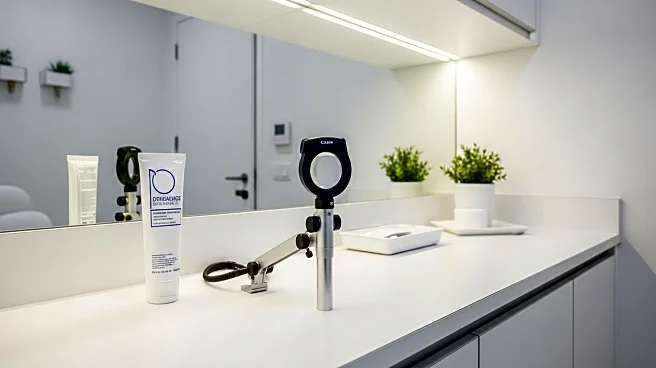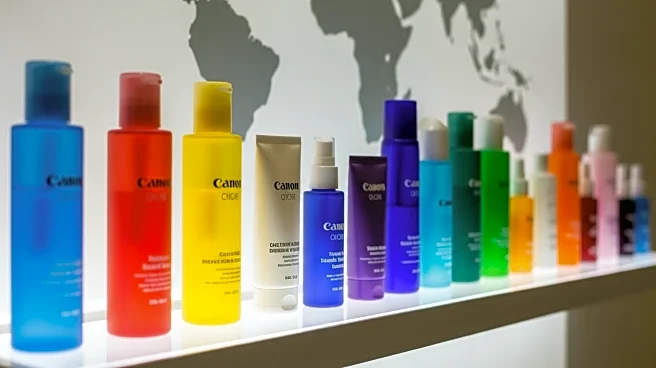What's Happening?
LEO Pharma, a global leader in medical dermatology, has finalized the acquisition of Spevigo® from Boehringer Ingelheim. Spevigo® is a first-in-class IL-36R antagonist, designed to treat generalized pustular psoriasis (GPP), a rare and severe skin condition. This acquisition aligns with LEO Pharma's strategy to expand its dermatology portfolio and improve patient access to innovative treatments. Spevigo® is already available in over 40 countries, including the U.S., Japan, and China. The deal, initially announced in July 2025, has received all necessary regulatory approvals, and LEO Pharma will now focus on the commercialization and further development of Spevigo®.
Why It's Important?
The acquisition of Spevigo® is significant for LEO Pharma as it strengthens its position in the dermatology market and addresses the unmet needs of patients with GPP. This condition is characterized by painful pustules and can lead to severe complications, including organ failure. By expanding access to Spevigo®, LEO Pharma aims to provide relief to patients who have limited treatment options. The move also highlights the company's commitment to leveraging its global platform to enhance patient care and drive growth in the medical dermatology sector.
What's Next?
LEO Pharma will integrate Spevigo® into its financials for the fiscal year 2025, with expectations of a modest contribution to revenue growth. The company plans to continue developing Spevigo® for other IL-36-mediated skin diseases, such as pyoderma gangrenosum. As LEO Pharma takes over the commercialization efforts, it will focus on maximizing the potential of Spevigo® and expanding its reach to more patients globally. The ongoing development activities are expected to impact the company's EBITDA margin, but the overall revenue growth outlook remains positive.
Beyond the Headlines
The acquisition of Spevigo® not only enhances LEO Pharma's product offerings but also underscores the importance of innovation in addressing rare diseases. The focus on IL-36-mediated pathways could pave the way for new treatments in dermatology, potentially benefiting patients with other related conditions. This strategic move may also influence other pharmaceutical companies to invest in niche markets with high unmet medical needs, driving further advancements in the field.












